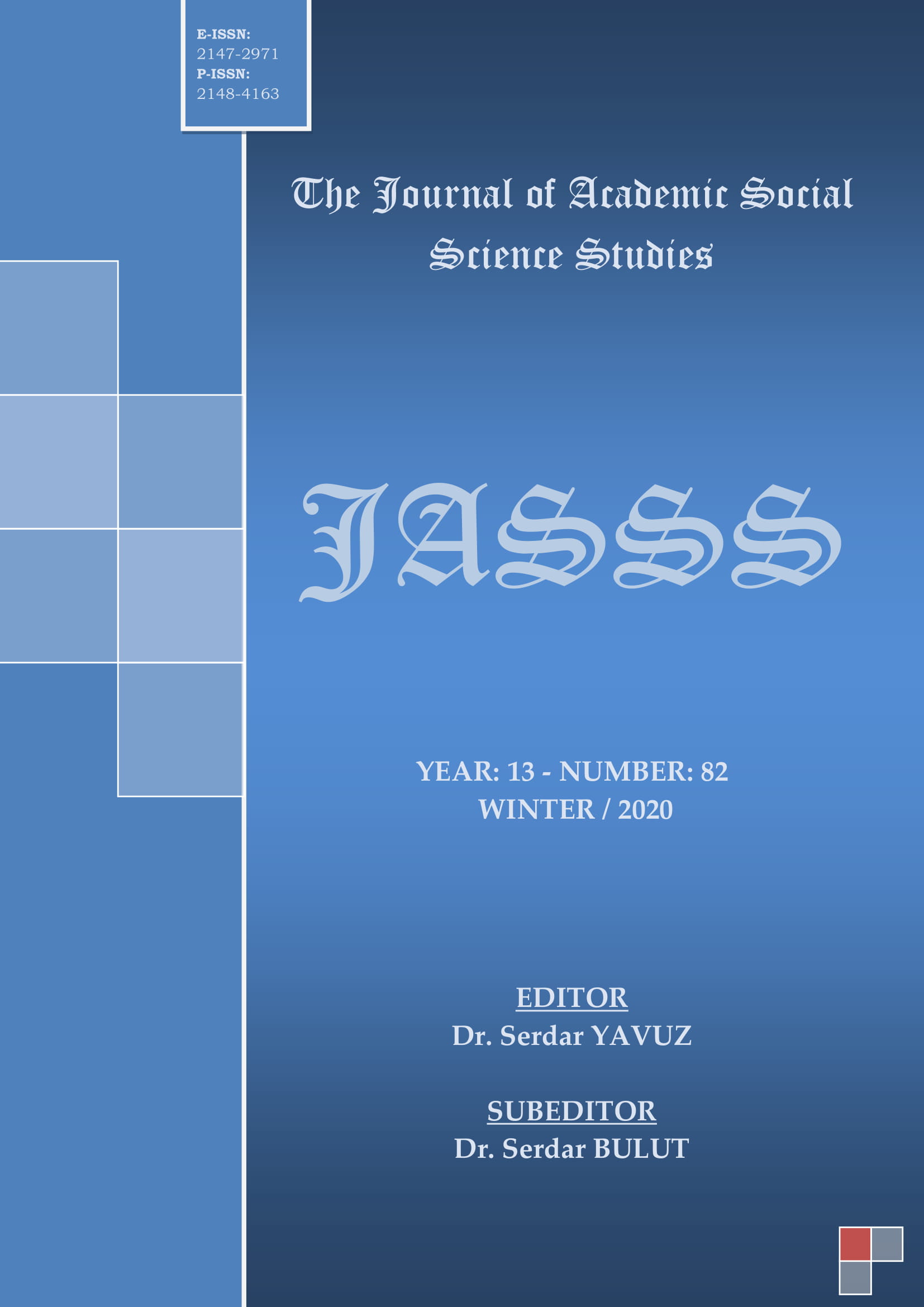BÉLA KOVÁCS’IN SOLO KLARNET İÇİN YAZDIĞI, “HOMMAGE À N. PAGANİNİ” ADLI YAPITI YORUMLAMADA 24 TEKNİK ÖNERİ
Author :
Abstract
Öz Bir müzik yapıtını daha iyi ve doğru yorumlayabilmek için, bestecinin hayatına, yapıtın yaratım sürecine ve dönemine dair araştırma yapılması, gerekli ön çalışmalardan biridir. Çalgıların teknik gelişimleriyle birlikte, virtüöz sanatçı kavramı ortaya çıkmış, solo, konçerto, sonat, oda müziği türlerinde yapıtlar bestelenmiştir. 19. yüzyılda önemli virtüözler yetişmiştir. İtalyan kemancı Niccolò Paganini en önemlilerinden biridir. Keman için bestelediği yapıtlar birçok besteciye ilham kaynağı olmuştur. Onun keman repertuvarına katkıları diğer çalgılar için de virtüözite yolunda etkisini göstermiştir. Macar Klarnet Profesörü Béla Kovács da Paganini’nin tekniğinden etkilenmiş ve ona ithafen solo klarnet için bir yapıt bestelemiştir. Kovács’ın besteci ve klarnetçi olması, yapıtta klarnet tekniğinin gelişimine katkıda bulunacak ayrıntıları barındırması açısından önemlidir. Çalgıda virtüözite seviyesine ulaşmak uzun ve zorlu bir süreçtir. Klarnet, teknik açıdan incelendiğinde içinde bilinmeyenlerin fazla olduğu bir çalgıdır. Ustalık, doğru teknik bilgiye sahip olmayı ve bunları kullanabilmeyi gerektirir. Yapıtların yorumlanmasında kullanılan teknik pozisyonlar, kullanıldığı yere göre değişkenlik gösterdiği için, hangisinin nerede kullanılması gerektiği oldukça önemlidir. Bu çalışma, Niccolo Paganini’nin kısa hayatı ve Macar Klarnet Profesörü Béla Kovács’ın Solo Klarnet için yazdığı “Hommage à N. Paganini” adlı yapıtın yorumlanmasında 24 teknik öneriden oluşmaktadır. Bu çalışmanın amacı, “Hommage à N. Paganini” adlı yapıtın virtüöz seviyesinde çalınabilmesine yardımcı olmak ve yapıta ilgi duyarak yorumlayacak olan öğrencilere ve profesyonel klarnet sanatçılarına teknik açıdan farklı bir perspektif sunmaktır.
Keywords
Abstract
Abstract To perform a music better, knowing the life story of the composer and examining the creation period of the work are required pre studies. With the technical developments of the instruments, the concept of virtuoso artist emerged, and works such as solo, concerto, sonata and chamber music were composed. Important virtuosos grew up in the 19th century. Italian violinist Niccolò Paganini is one of the most important virtuose. His works for the violin have inspired many composers. His contributions to the violin repertoire had an impact on virtuosity for other instruments as well. Hungarian Clarinet Professor Béla Kovács was also influenced by Paganini's technique and composed a work for the solo clarinet dedicated to him. The fact that Kovács is a composer and clarinetist is important in terms of containing details that will contribute to the development of the clarinet technique in the work. Reaching the virtuosity level on an instrument is a long and difficult process. When it is examined technically, the clarinet contains many unknowns. Mastery requires having the right technical knowledge and being able to use them. Since the technical positions used in the interpretation of the works vary according to the place of use, it is very important which one should be used and where. This study consists of 24 technical suggestions in the interpretation of Béla Kovács' life and the work "Hommage à N. Paganini'' written for Solo Clarinet. The purpose of this study is to help play "Hommage à N. Paganini'' at the virtuoso level and to provide a technically different perspective to the students and professional clarinet artists who will interpret the artwork with interest.
Keywords
- Boran, İ. ve Şenürkmez, K. (2015). Kültürel Tarih Işığında Çoksesli Batı Müziği. İstanbul: Yapı Kredi Yayınları.
- İlyasoğlu, E. (2009). Zaman İçinde Müzik. İstanbul: Remzi Kitabevi.
- Kovács, B. (1994), Hommages à J.S. Bach, N. Paganini, C. M. Von Weber, C. Debussy, M. De Falla, R. Strauss, B. Bartok, Z. Kodaly, A. Khatschaturian, Clarinet Solo. Edition Barok Woodwindmusic.
- Say, A. (1995). Müzik Tarihi. Ankara: Müzik Ansiklopedisi Yayınları.
- Ulusoy Bozbuğa, N. (2001). Marfan Sendromu ve Nicolo Paganini. Erişim Tarihi: 25 Mayıs 2020, http://tgkdc.dergisi.org/uploads/pdf/pdf_TGKDC_615.pdf
- Yücel, İ., Palabıyık N. (2016). Virtüöz Liderlik ve Örgütsel Adalet Arasındaki İlişki Üzerine Bir Uygulama. Erişim Tarihi: 22 Nisan 2020, https://dergipark.org.tr/tr/download/article-file/225302
